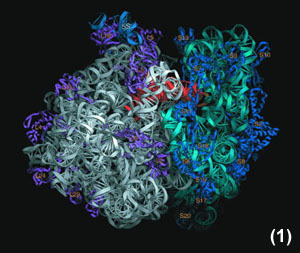Nanotechnology:
A Brief Overview
| PREFACE | |||
|
This is a web-version of a talk I (Kevin Yager) presented to my colleagues recently. It is only a simple and surface-level foray into the vast topic of nanotechnology, meant mostly to generate interest in a field that holds tremendous technological potential. Interested readers should follow the references. I also wish to say at the outset that I am an opinionated writer, but by no means an expert on all the fields I am reviewing. Although I have made every attempt to be factually correct, please bear in mind that any interpretations of the research are my own. If you find any inaccuracies, or have any comments, please feel free to write me.
|
|||
| INTRODUCTION | |||
|
What is Nanotechnology? That is a difficult question, which I will leave to the end. Let us begin instead by taking a look at some of the things which Nanotechnology might be, and we will try to devise a precise definition later. For now, suffice it to say that Nanotechnology is the controlled manipulation of matter at the nanometre length scale (0.000000001m). Huge
research efforts (with corresponding investments) in the field of Nanotechnology
have been seen over the last few years. Journals dedicated to nanotechnology
(such as Nano
Letters) have appeared. Given the growing interest of government
funding agencies, research is only going to increase. Why is it that
there is such a great interest in Nanotechnology? In my opinion, there
are two justifications: How do we know that 1 and 2 are true? The best proof comes from nature, which has (over the course of billions of years of evolution) created highly sophisticated nanometre-sized devices, including catalysts, motors, data encoding mechanisms, optical sensors, etc. Nature proves that control of nanometre structure (and hierarchical structures) leads to amazing devices (able to, for example, heal, build, convert one form of energy to another, etc.). Moreover, we see that most of our technology is a pale imitation of what nature has created to solve various engineering problems. |
|||
|
|||
|
|||
|
|
|||
| REFERENCES | |||
|
|||
|
|
|||

